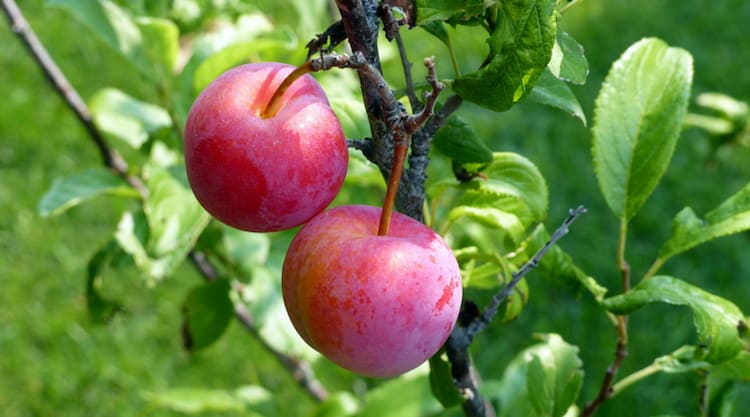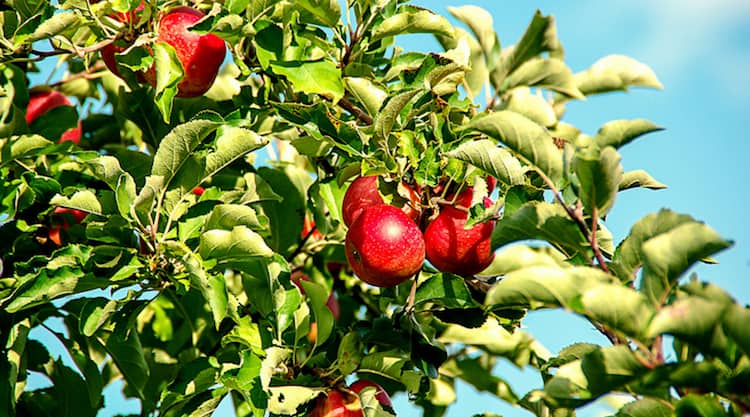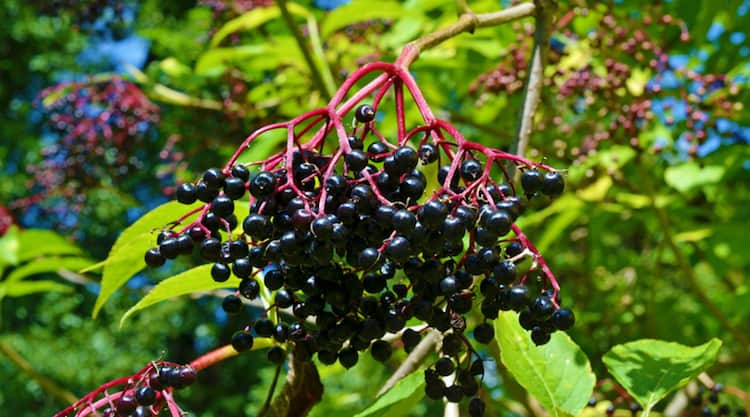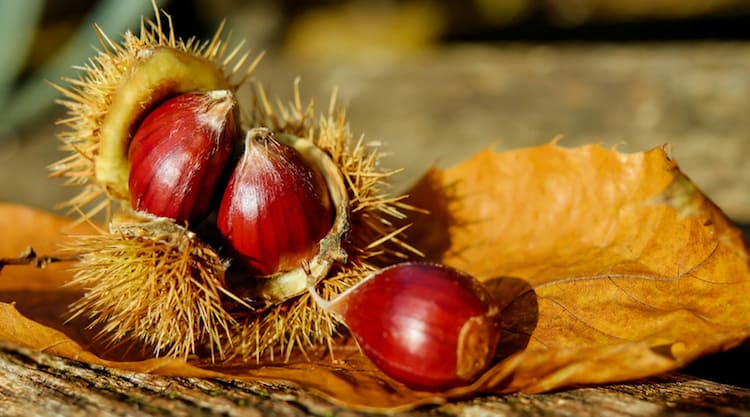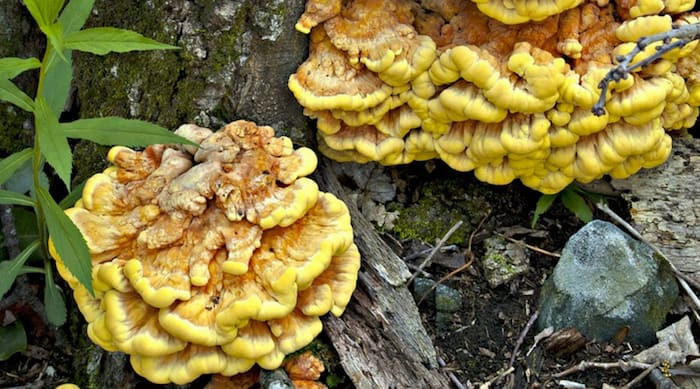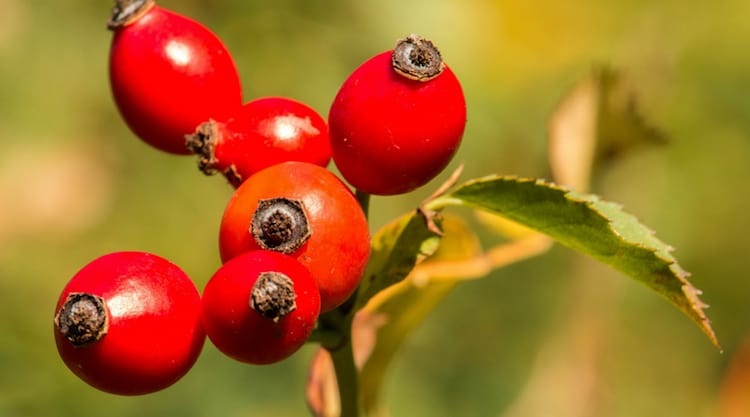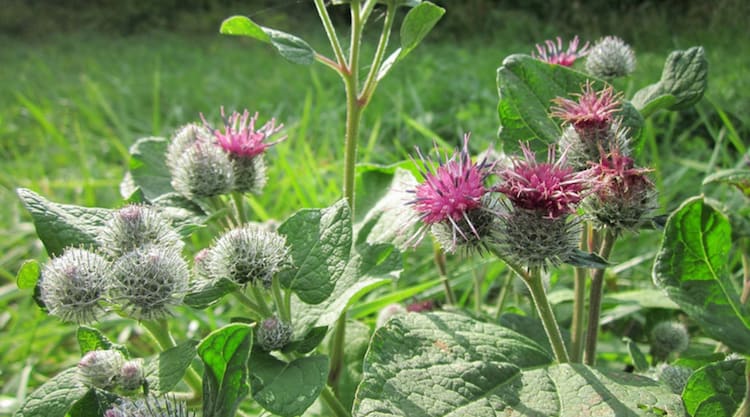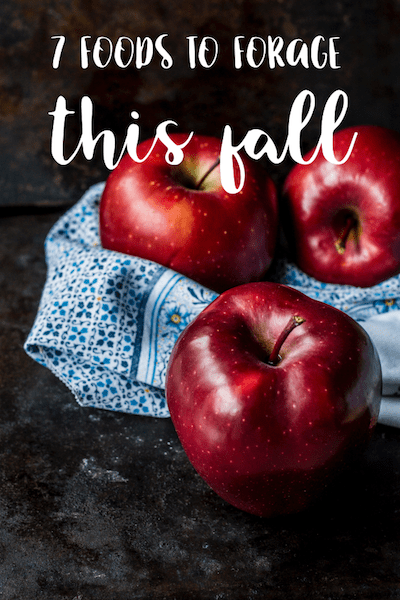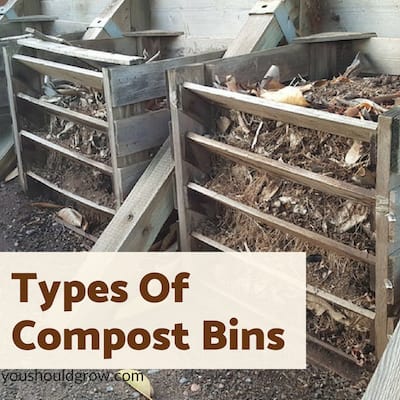Foraging For Food In The Fall: 7 Wild Edibles You Should Try
As an Amazon Associate and member of other affiliate programs, I earn from qualifying purchases.
Foraging for food in the fall is a fun activity for kids and adults. Here are 7 foods that ripen up just as the weather starts to cool.
In the garden, fall is a time of harvest with lots of plants ripening just in time for autumn’s festivities. But you may not have realized there are lots of wild edibles that also peak in the fall.
If you’re like me, you delight in foraging for food. There’s just something fun and exciting about searching for wild foods. You get to go on an adventure and come home with free food!
7 foods to forage this fall
Plums
Wild plums can be found throughout the United States and Canada during autumn. Juicy and tart, they’re a wonderful canning fruit; you can use them to make jams, jellies, syrups, and sauces. Many people also like to use them in pies and other baked goods.
Apples
We all know and love apples. They are easy to find in many areas during the fall – often for free! Apples can be stored whole for several weeks if they are kept cool, dry, and out of sunlight. Don’t forget the old saying, either: “One bad apple spoils the bunch.” It’s true – you need to remove bruised apples and those with a pierced skin to avoid rotting, bugs, and other problems.
You can cut the damaged parts off of apples that are otherwise good to eat and use them in other ways. There are so many wonderful things to make with apples: applesauce, pies, cobblers, and more. You can slice apples and can them or freeze them for use in baking later.
Elderberries
Elderberries are a popular herbal medicine that is bountiful during the fall. You can make elderberry syrup, a popular natural “cough syrup” that many people rely on to stay well during the cold and flu season.
Nuts
Several varieties of nuts are in season during the fall. Depending on what type of trees grow in your area, look for pecans, acorns, chestnuts, black walnuts, and beechnuts.
Chicken of the Woods
Chicken of the woods is an edible mushroom that grows all over North America and is one of the easier to identify wild fungi. In fact, it’s part of the “foolproof four” mushroom enthusiasts refer to when talking about mushrooms that are very safe for beginners to forage. Look for it during the fall on trees. It’s a tough, hardy mushroom – you’ll want to avoid those that have gotten too big.
Rose Hips
Rose hips are often used to make an absolutely delicious tea. Some people also like to add rosehips to their fruit recipes, like jams and syrups to add an interesting flavor and texture. They can be gathered in the fall and are best stored dried. You can dry them in the sun in an herb drying bag or using a dehydrator.
Burdock Root
Burdock root is an abundantly available root vegetable. It’s a little tricky to dig up, but once you do, you’ll see that you get a lot of food for your effort: burdock roots can become very large! Use them in stews, stir-fry, and other recipes similar to how you might use potatoes or carrots.
Guidelines For Foraging For Food
When foraging for wild foods, there are a few guidelines you’ll want to keep in mind when it comes to safety, ethics, and the law.
- Don’t gather more than you’ll use; don’t take every last bit of what you find.
- Gather in areas that are open to the public or get permission from the landowner before gathering.
- Check state laws regarding public land foraging, as the rules are different everywhere.
- Avoid gathering from areas that have been sprayed with chemicals or that are along busy roadways.
Fall is a great time to forage for wild food. It’s so satisfying to eat what you’ve gathered yourself!



